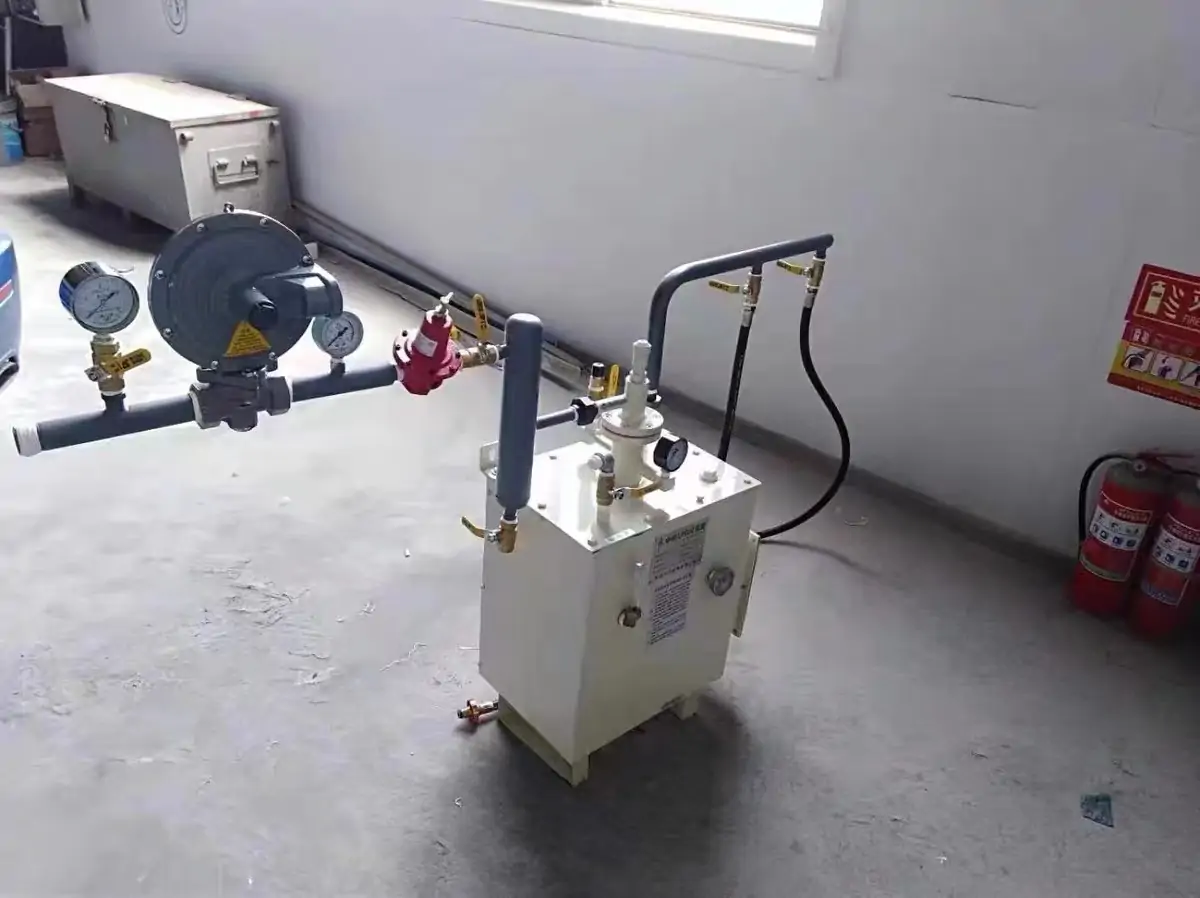Classification of cryogenic storage tanks
Cryogenic storage tanks are mainly classified according to the type of storage medium, storage temperature range, manufacturing materials, capacity and placement location.
Cryogenic storage tanks are mainly classified according to the type of storage medium, storage temperature range, manufacturing materials, capacity and placement location.
Classification by storage medium type:
Liquid nitrogen storage tank: a tank specially used to store liquid nitrogen, designed to withstand extremely low temperatures.
Liquid oxygen storage tank: used to store liquid oxygen, the structure and material must be able to prevent corrosion and maintain the stability of liquid oxygen.
Liquid hydrogen storage tank: used to store liquid hydrogen, good insulation performance and sufficient safety measures are required because liquid hydrogen is extremely volatile and flammable.
Classification by storage temperature range:
Deep cold storage tank: a material with extremely low storage temperature, such as liquid hydrogen and liquid nitrogen, is usually designed to be below -160℃.
Ordinary cryogenic storage tank: used to store substances such as LNG, and its design temperature is generally around -162℃.
Classification by manufacturing material:
Stainless steel storage tank: with stainless steel as the main component, it can resist low temperature and corrosion, and is usually used to store liquid oxygen and liquid nitrogen.
Aluminum alloy storage tank: Aluminum alloy has good mechanical properties and low cost at low temperatures, suitable for some medium low temperature applications.
Carbon steel storage tank: The cost is relatively low, but additional anti-corrosion treatment is required, suitable for less extreme low temperature environments.





































































































































